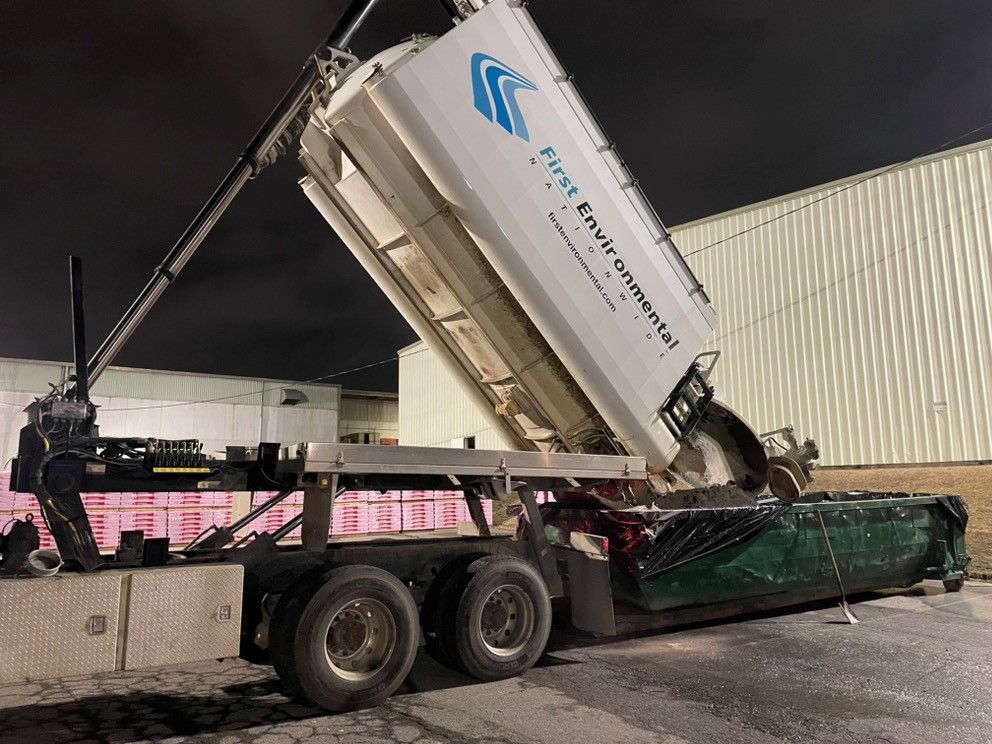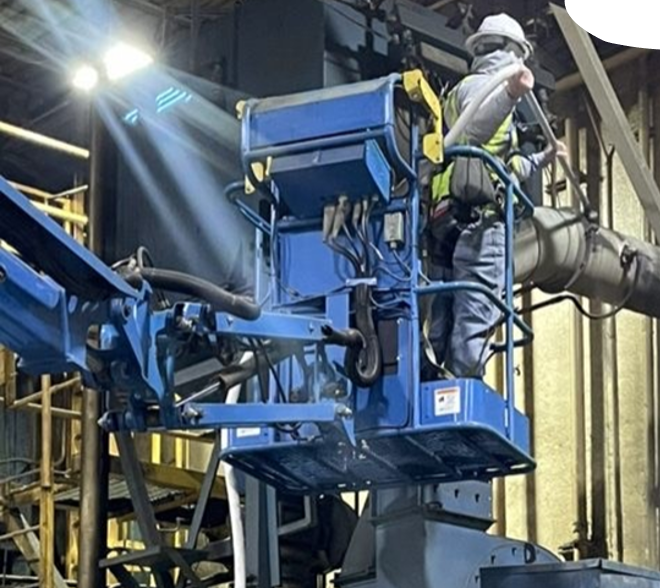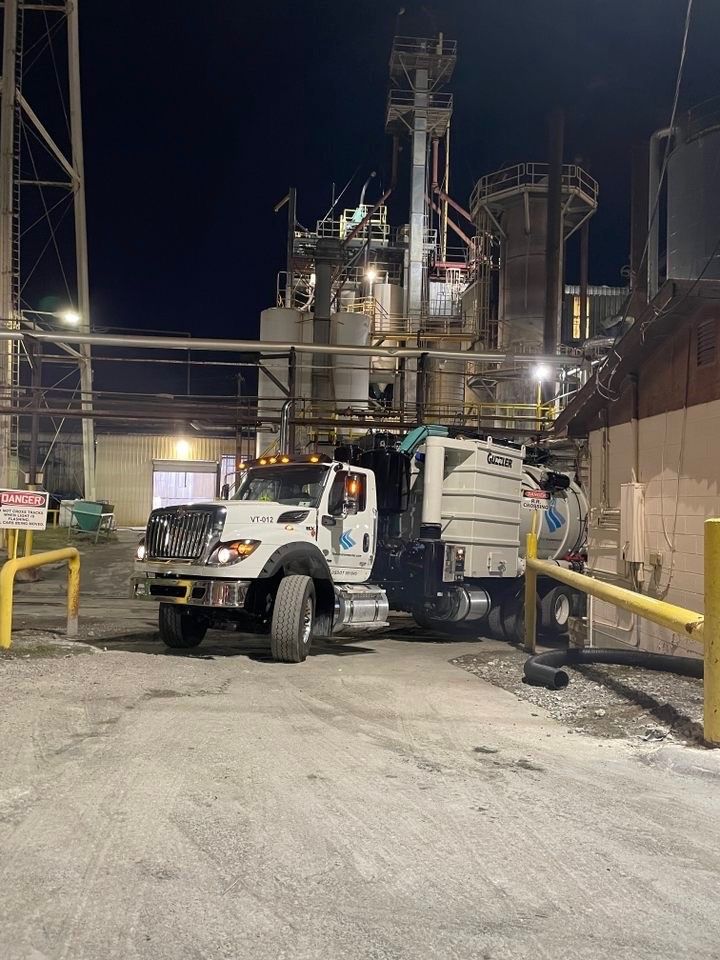40K Waterblasting for Cutting Steel
Water Stuff
Using water to clean surfaces is as common as it gets. We wash our hands, we clean the dishes, we use a shower to get clean, and so on. This leads to one of our favorite discussions, flow versus pressure. The shower is pretty low pressure, so is the faucet. Even the Grand Canyon is an example of flow that is pretty low pressure (even the rapids). The flow of water will ‘cut’ stuff, it just takes a really long time. Same thing if you’ve ever left the hose on in the backyard for too long and it ‘cuts’ into the soil creating its own canyon. These are low-pressure circumstances.
Adding pressure to that water changes a few things, but we are pretty familiar with those effects. If you add a nozzle to a garden hose, the sharper focus can remove/move more effectively. A garden hose without a nozzle moves easy items (leaves, debris…) and with a nozzle it is more focused and moves thicker items (caked on dirt/soil). If we turn that nozzle into a “pressure-washer” at 2000-4000 PSI, it removes certain “dirts/oils” with ease cleaning a patio or driveway making it look like new.
When we kick up the pressure, the flow actually decreases, so you start to get the impact of the water in a more focused way where it is used to remove stubborn materials (resins, paints, hardened materials). Using a 10K or 20K water-blaster is a common way to clean tanks, trenches, grates, and other surfaces that get build-up of various types. On our path towards the 40K, it worth noting that a 10K or 20K water-blaster can cut softer materials (fiberglass, plastic, etc…).
Safety
Any pressurized water work involves inherent safety risks, and taking the proper precautions involving specialized PPE, safety-equipment, and knowledge/experience is critical. It is a job for professionals that know what they are doing. Focused/pressurized water can cut steel, and therefore can also cut humans.
The 40K in Action
A 40K will remove the most challenging materials. It is also able to cut steel. One of the more common uses for the 40K is actually in cutting steel, and it is ideally adapted for doing this in an area where a flame is a problem (flammable atmospheres, spark-sensitive areas). As an example, we can use the 40K to create an entry point into a tank that contains materials (materials themselves or vapors) that are flammable/combustible. This occurs with tanks that do not have a manhole, or have such a small opening that it is necessary to create additional access. The following are some pictures from a recent event:
In the pictures, it is easy to see that the process is automated and controlled via remote access with a precision tool.
Summary
When evaluating and performing hydroblasting services, it is important to have experience in scoping and understanding what clients need. Then making it happen with quality, efficiency, compliance and safety.
First Environmental has carefully trained operator, supervisors and support staff that manage these processes to address our customers specialized needs.
Our mission: Exist for our Customers by Fixing Their Problem, and Making Them Happy.









